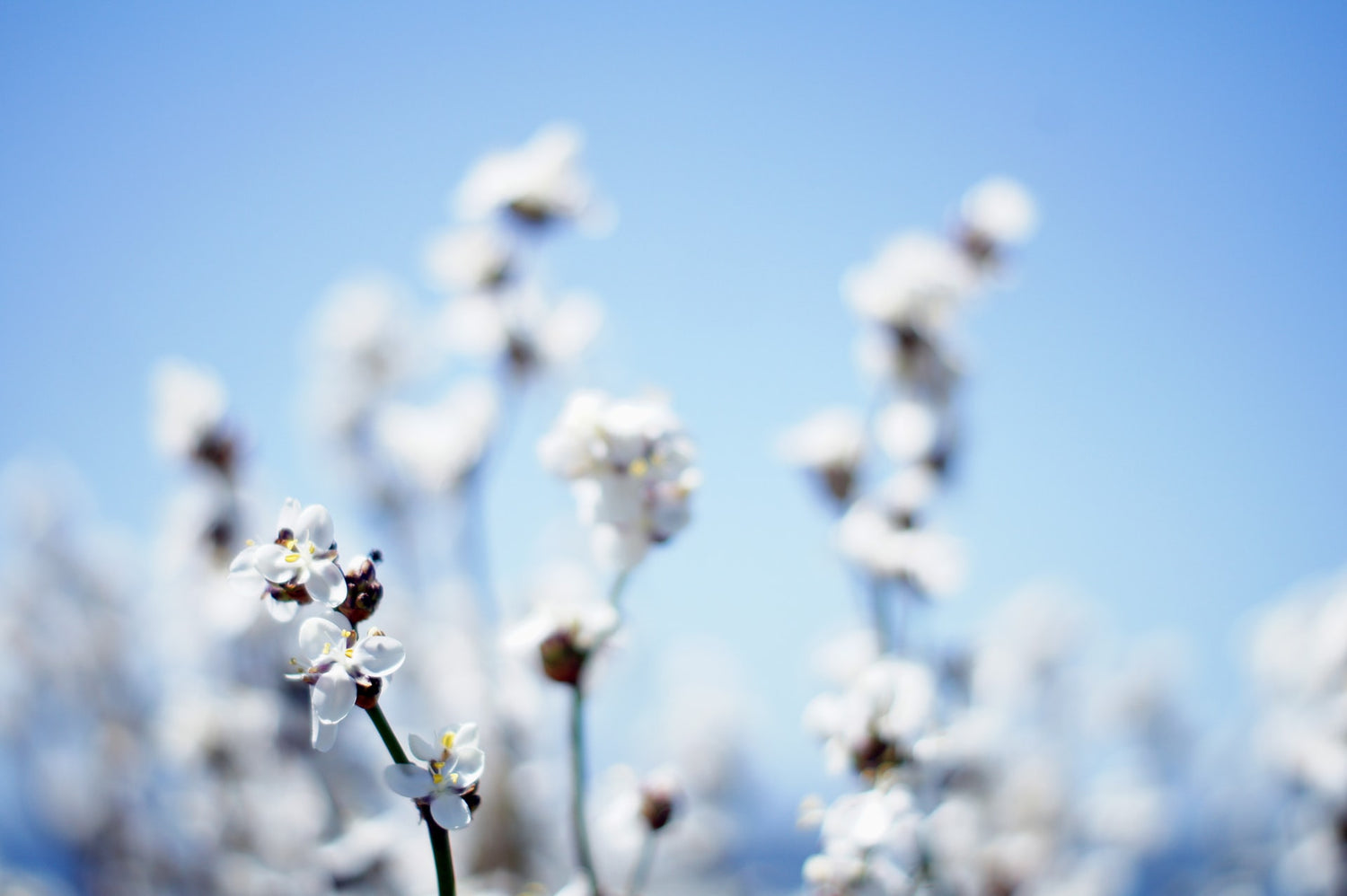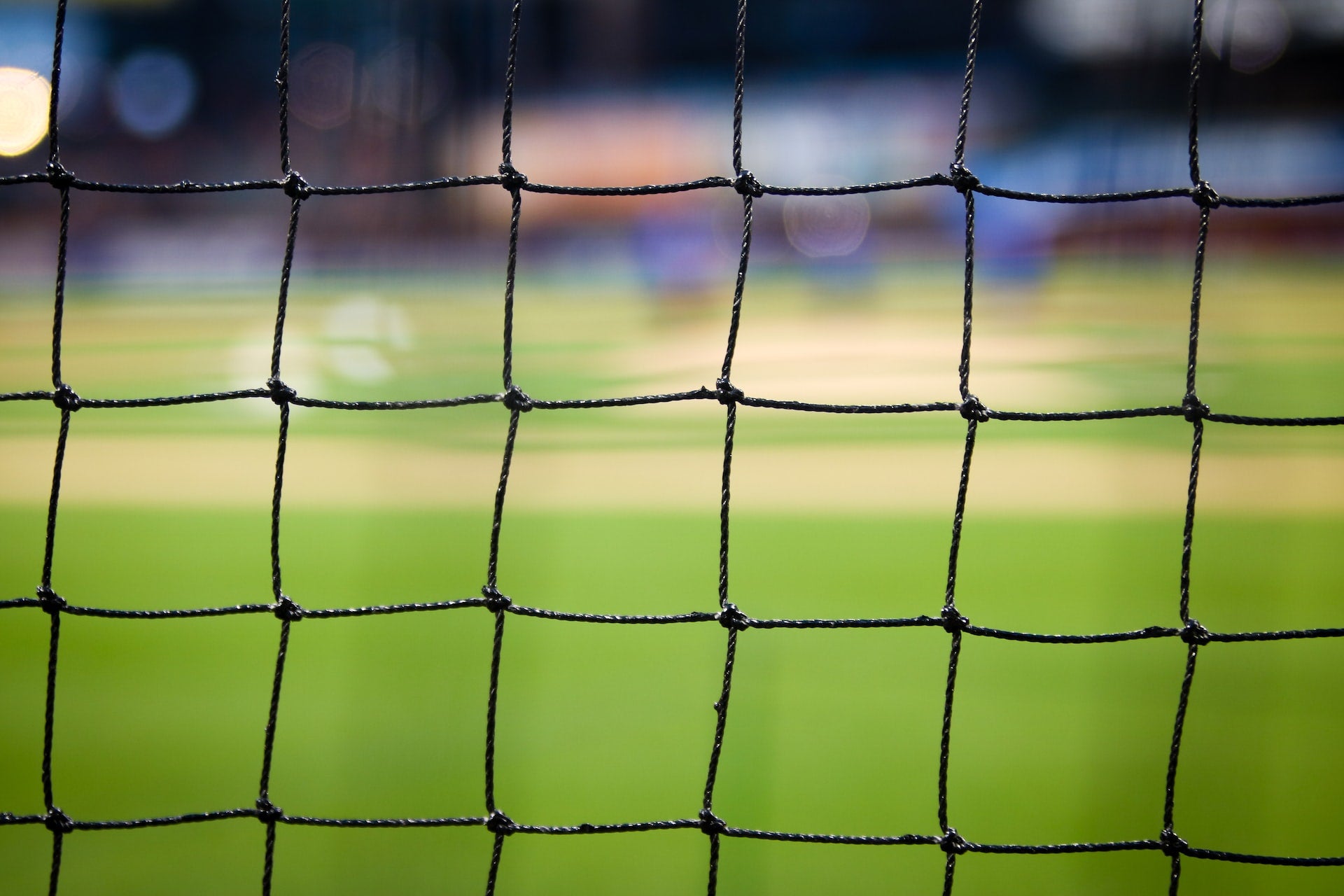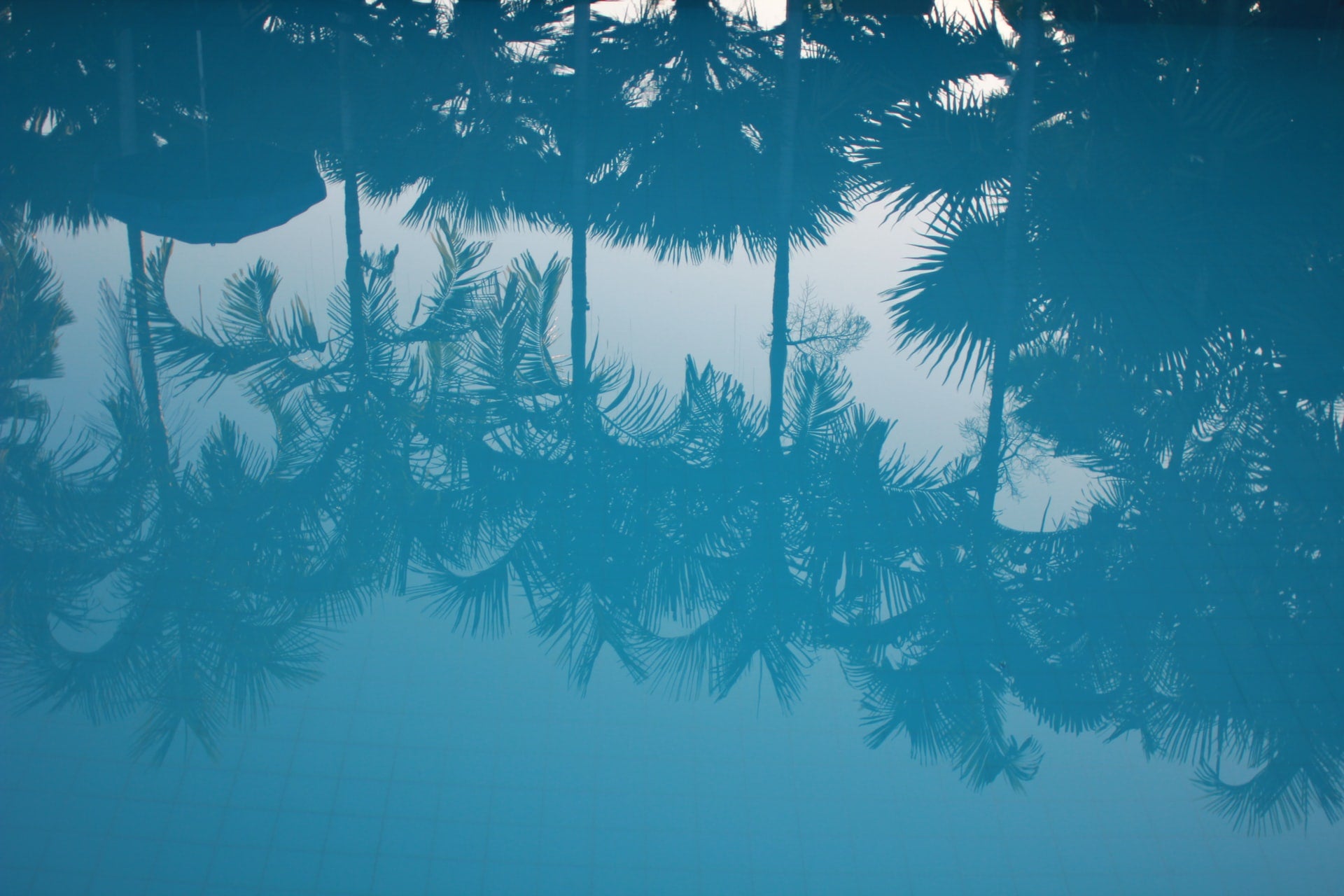Cotton is one of the most ancient textiles. Its cultivation dates way back to 5000 BC in present-day Pakistan and these days it’s by far the most popular natural material used to make the clothes that we wear, across all of the seasons. Almost every one of our wardrobes must have an item in it made from cotton.
But even though cotton is so ubiquitous, it’s actually quite a complicated fabric with nuances you might not know about. There are many different types of cotton, with distinct characteristics. And not all of them are equal when it comes to quality, longevity, or even sustainability.
So, while you’ve undoubtedly worn cotton, read on if you’d like to know more about the details that most people are unaware of.
Cotton Types vs. Cotton Fabrics
In this article, we won’t be talking about cotton fabrics (i.e. corduroy, canvas, denim, oxford, sateen, etc.). Rather, we’ll be talking about the different plants that produce cotton. Cotton doesn’t just come from one plant species - there are a variety of plants that feed the global appetite for cotton clothing. Once cotton is gathered from the plant, it goes through a spinning and weaving, knitting, or felting process and that’s what determines the cotton fabric.
That being said, there are 4 main cotton plant species that are commercially used today. We’re covering those, plus organic cotton:
1. Organic Cotton
Let’s start with organic cotton, which has become popular in recent years as a more sustainable alternative to the intensively farmed fluff. You’ll now see this type of cotton used in fast fashion shops, such as H&M or Primark, as well as by higher-end brands.
Note that unlike the other types of cotton coming up in the post, organic cotton isn’t from a specific cotton plant itself - and a wide variety of cotton can be grown organically. The key idea behind organic cotton is that it should be farmed with lower environmental impacts, through activities like reduced or prohibited pesticides. The elimination of genetic modification of crops is a key tenet of the textile, too.
However, despite the sustainable production, some organic cotton isn’t necessarily high quality. Or rather, the cotton plant involved doesn’t produce the finest cotton fabric in the end. What this means is that some organic cotton garments aren’t durable and tend to be thrown away to landfill after a short period of time. With that in mind, the so-called sustainability of organic cotton can be called into question. Sustainability is also about how long an item of clothing lasts. In POMP’s case, we cultivate long-staple cotton, which is high quality.
Wait, what’s the difference between long-staple and short-staple cotton?
You might’ve heard of ELS cotton already, which stands for extra-long-staple. This isn’t a type of cotton that a certain plant produces, but rather a type of cotton that has extra-long fibres. As a general rule of thumb, the longer the fibre, the higher quality it is. Length of fibre is the leading condition for the quality of cotton, especially because there are many discrepancies in production - even when cotton comes from the same plant.
ELS cotton is the most luxurious and softest cotton out there. Long-staple cotton is a bit less luxurious but still high quality. Short-staple cotton isn’t as soft and its quality is lower, but it’s more affordable and is most commonly used.
Standard cotton fibre lengths:
- Short-staple: >22mm and <25mm
- Medium-staple: >26mm and <28mm
- Long-staple: >29mm and <34mm
- Extra-long-staple: >35mm
GOTS-certified organic cotton
Back to organic cotton. Since the term isn’t always reliable on its own, that’s where certifications come in. To safeguard the sustainability but also the quality of the organic cotton that’s used. Here are some key points about GOTS-certified organic cotton:
- Website: https://global-standard.org/
- Fibre Length: Variable (long in the case of the POMP).
- Characteristics: Sustainably cultivated and also high quality
- Cultivated in: India & China, mainly.
- Quality: High
- Market Share: <2%
- Price: High
If you’d like to know more, here’s another post from us that goes into more detail about GOTS-certified organic cotton and what the benefits are.
2. Pima, Egyptian, & Sea Island Cotton - Gossypium Barbadense
This plant, Gossypium Barbadense, is native to South America but is now grown all over the world and it produces a family of different cotton types that are so-named because of where they are produced. But they’re all known for their flexibility, softness, and durability. This is because of the plant’s extra-long-staple fibre length. The cotton from this plant accounts for about 5% of global production and you’ll see this variety being used in the finest cotton fabrics in the world.
Of all the varieties from this plant, Pima (and also Supima) are two of the more common cotton types that you may have heard about - perhaps even when selecting a T-shirt for the summer. However, Pima still only accounts for 3% of world production. It’s a high-quality cotton - a premium fabric that’s soft to the touch - and resistant to fraying, tearing, pilling, wrinkling, and fading.
Next to Pima, you also have Supima, which ups the confusion a notch. This is because Supima cotton is just a trademarked name for Pima cotton that is 100% pure and grown in the USA. The organisation that awards the prestigious ‘Supima’ trademark is actually based in El Paso, Texas.
Then there’s Egyptian cotton, whose only difference from Pima is the fact that it’s grown in a hotter and drier climate - in Egypt.
And we’re not forgetting the super rare and highly sought-after Sea Island cotton that accounts for less than 0.004% of the cotton supply worldwide and grows in the West Indies.
- Scientific name: Gossypium Barbadense
- Fibre Length: Extra-long (>35mm)
- Characteristics: Fine, uniform, flexible, soft to the touch
- Cultivated in: Peru, Ecuador, China, India, Egypt, Jamaica, Barbados, Australia, Israel, USA
- Quality: High
- Market Share: <5%
- Cost: High (or Very High for Supima).
3. Upland Cotton - Gossypium Hirsutum
The next species, commonly known as Upland cotton or Mexican cotton, accounts for 90% of world production. If you ever see a generic cotton garment at a low price that contains little to no actual details about the cotton involved, then it’s likely you’ve got an Upland cotton garment on your hands.
The plant that this cotton is derived from, Gossypium Hirsutum, is native to Central and South America but is now cultivated all over the world because of its rapid growth, hardiness, and ease of growth compared to other cotton plant varieties. This species is therefore the main supplier of cotton fibres for clothing and one of the most cultivated crops worldwide.
Here’s what the plant looks like…
 Upland cotton (Gossypium Hirsutum)
Upland cotton (Gossypium Hirsutum)
This is the variety of cotton (alongside Asian Short Staple, below) that will typically be found in fast fashion garments because of the lower cost. Sometimes the farming will be organic but normally Gossypium Hirsutum is the source of the second largest use of nasty pesticides in the world! Perhaps another reason to shun it apart from the lower quality.
A related type of cotton, Asian Short Staple Cotton, from the same plant Gossypium Herbaceum is even lower in quality than Upland Cotton, with a fibre length of 15-25mm. It’s the second in terms of market share globally and has mainly grown in China, India, and Pakistan.
- Scientific Name: Gossypium Hirsutum
- Cultivated in: India, USA, Brazil, China, Australia, Turkey, Tajikistan, Kyrgyzstan
- Fibre Length: Short to medium (20-30mm)
- Quality: Medium (although there are also longer-staple varieties)
- Market Share: >90%
- Cost: Low

4. Tree Cotton - Gossypium Arboreum
The next two types of cotton are older varieties of the cotton plant. Tree cotton, also known as Indian cotton, comes from the plant Gossypium Arboreum. It’s native to India and Pakistan, which is where the oldest evidence of cotton’s use as a fibre was found. It forms less than 2% of global cotton production, its fibres are short and slightly coarse, and it’s more often used in the production of wool-like fabrics.
It may surprise you to hear that this cotton plant is also relied on for medicinal purposes, for which it’s widely used in Africa, to treat respiratory diseases, menstruation problems, and more. In fact, it seems to be used more as a curative than for clothing.
 Tree cotton (Gossypium Arboreum). Source: Flickr
Tree cotton (Gossypium Arboreum). Source: Flickr
- Scientific Name: Gossypium Arboreum
- Cultivated in: India, Pakistan
- Fibre Length: short (25-26mm)
- Quality: Variable
- Market Share: <2%
- Cost: Unknown
5. Levant Cotton - Gossypium Herbaceum
Levant cotton is harvested from the plant Gossypium Herbaceum and is native to Southern Africa and the Arabian peninsula. Like Tree cotton, it also accounts for less than 2% of global cotton production and its fibres are short and coarse, so it’s more commonly used for rugged, everyday applications and traditional, hand-woven fabrics. This type of cotton also has some medicinal applications.
 Levant cotton (Gossypium Herbaceum). Source: Flickr
Levant cotton (Gossypium Herbaceum). Source: Flickr
- Scientific Name: Gossypium Herbaceum
- Cultivated in: Africa, Arabian peninsula
- Fibre Length: short (20-25mm)
- Quality: Variable
- Market Share: <2%
- Cost: Unknown
And here's a visual summary.

We hope we’ve shed some more light on a surprisingly complicated area. But what to do with all this? Well, we recommend the next time you’re out on the hunt for clothing, check the label: look for a cotton that’s organic or high quality, or ideally both (like our certified organic cotton sustainable essentials that also use long-staple cotton). And definitely avoid synthetics like polyester.






1 comment
Ilmu Komunikasi
What are the different types of cotton? Is there a
difference
in processing according to the results of the cotton?What are the different types of cotton? Is there a
difference
in processing according to the results of the cotton?